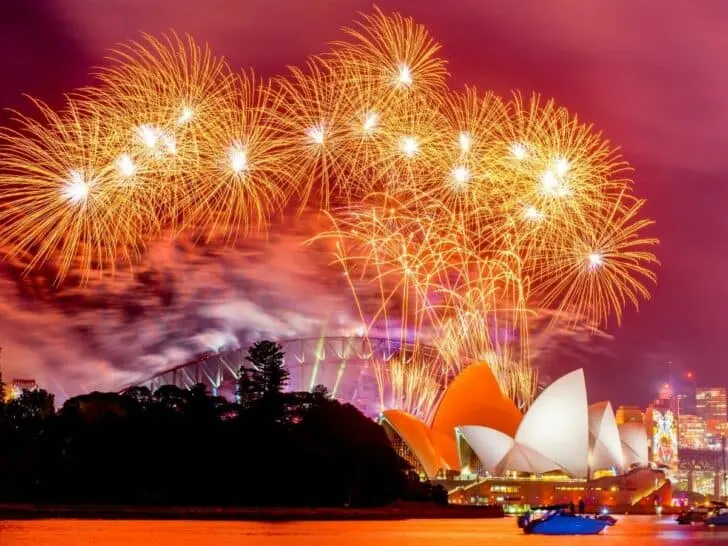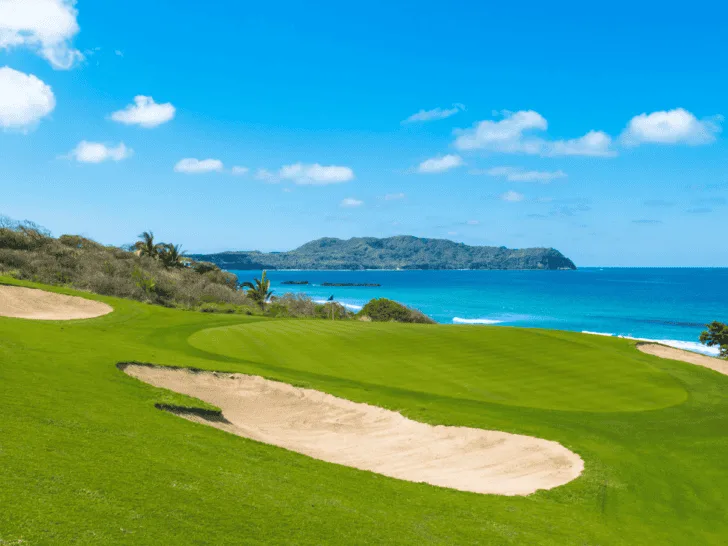The world’s most dangerous countries are, unfortunately, also some of the most interesting. From Afghanistan’s ornate architecture to Sudan’s Nubian roots, travelers are still understandably drawn to these risky destinations.
Luckily, for every dangerous destination with a “Level 4: Do Not Travel” advisory from the United States Department of State, there’s a much safer country that offers nearly the same experience.
These are the countries you should avoid and where to go instead:
Don’t Travel: Afghanistan
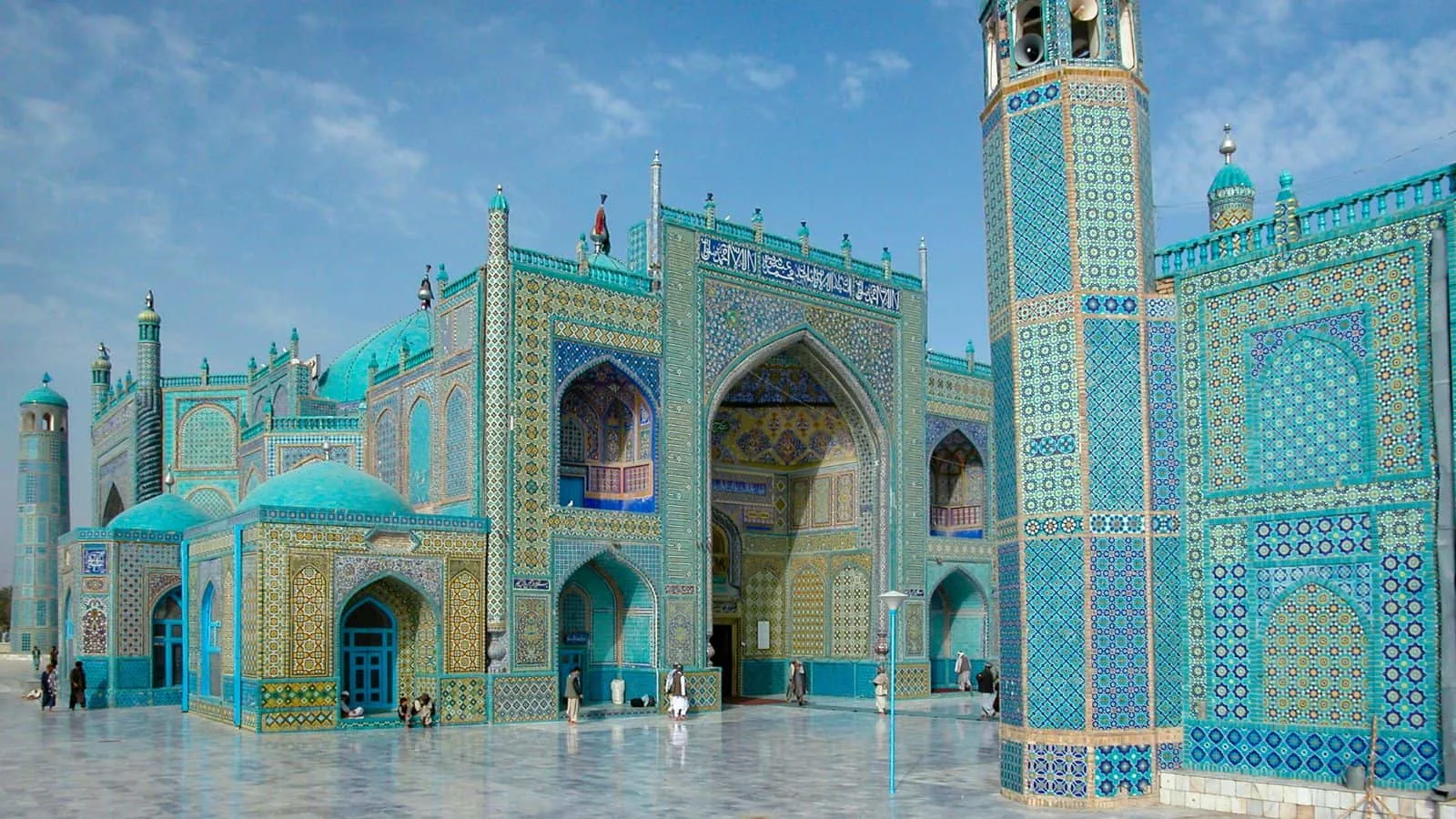
Though it has been dangerous to travel to Afghanistan for decades, the risk for US travelers reached new heights after Kabul fell on August 15, 2021.
To this day, the US government recommends against travel, stating “U.S. citizens should not travel to Afghanistan for any reason.” It’s a shame because Afghanistan’s history as a Silk Road passageway has left the country with stunning Islamic architecture.
Instead: Uzbekistan
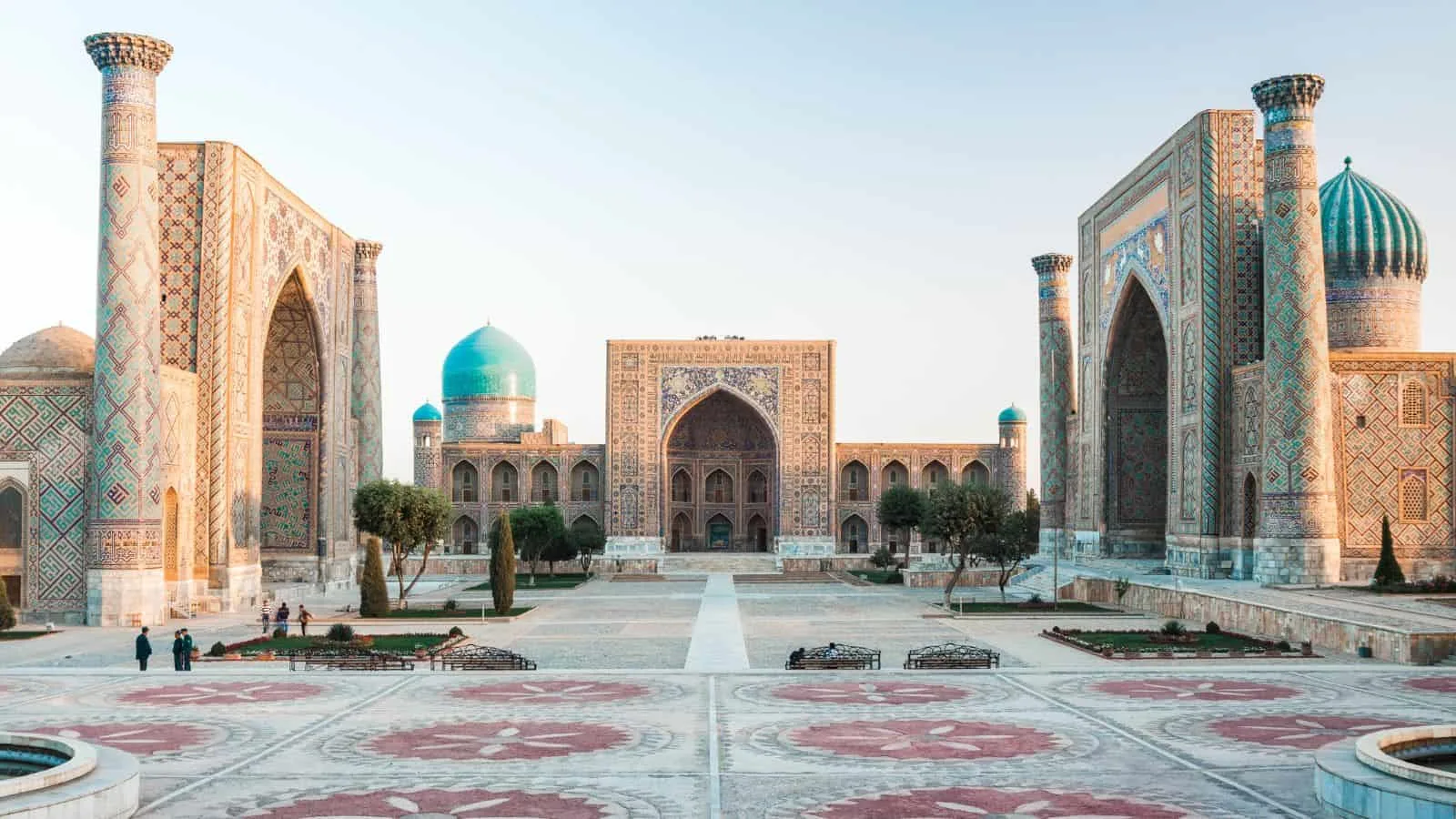
Uzbekistan’s cities of Samarkand and Bukhara were Silk Road powerhouses back in the day, leaving behind tons of Islamic architecture similar to that of Afghanistan. Craftsmen from Samarkand were so skilled that they were called to Agra, India to aid in the construction of the Taj Mahal, which was inspired by the city’s Gur-e Amir mausoleum.
Unlike Afghanistan, Uzbekistan is incredibly safe and secure, receiving a “Level 1: Exercise Normal Precautions” designation from the government and deeming it safer than the United Kingdom and France, which are both “Level 2: Exercise Increased Caution” countries.
Don’t Travel: Venezuela
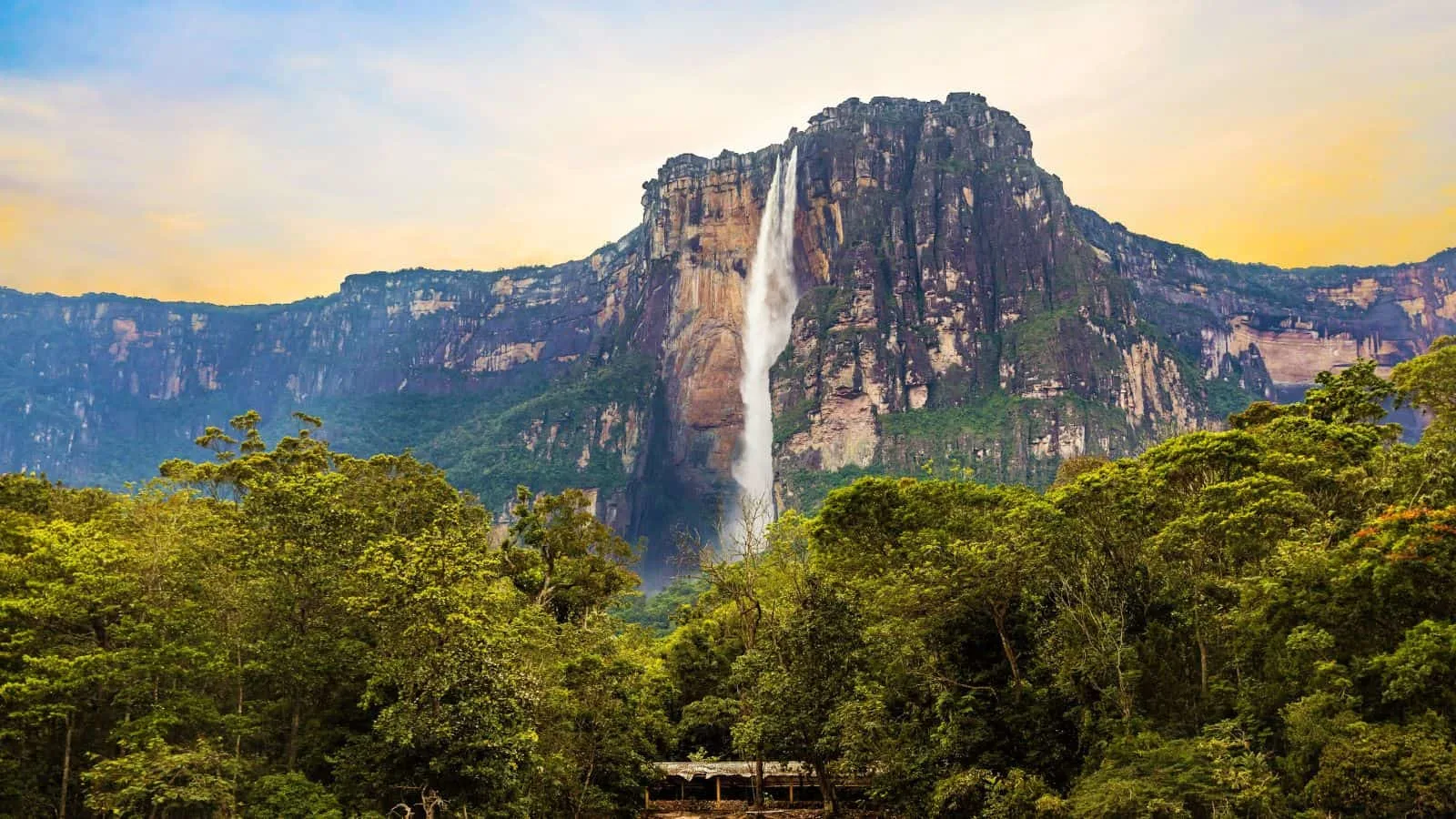
Outside of Venezuela’s violent crime, civil unrest, extreme poverty, and authoritarian regime, the struggling country in South America also faces challenges with health infrastructure and the accessibility of crucial hygiene items in ways that many Americans don’t realize.
Seriously, the country is so unsafe that the US State Department advises tourists to “Draft a will and designate appropriate insurance beneficiaries and/or power of attorney” prior to visiting Venezuela.
Instead: Panama
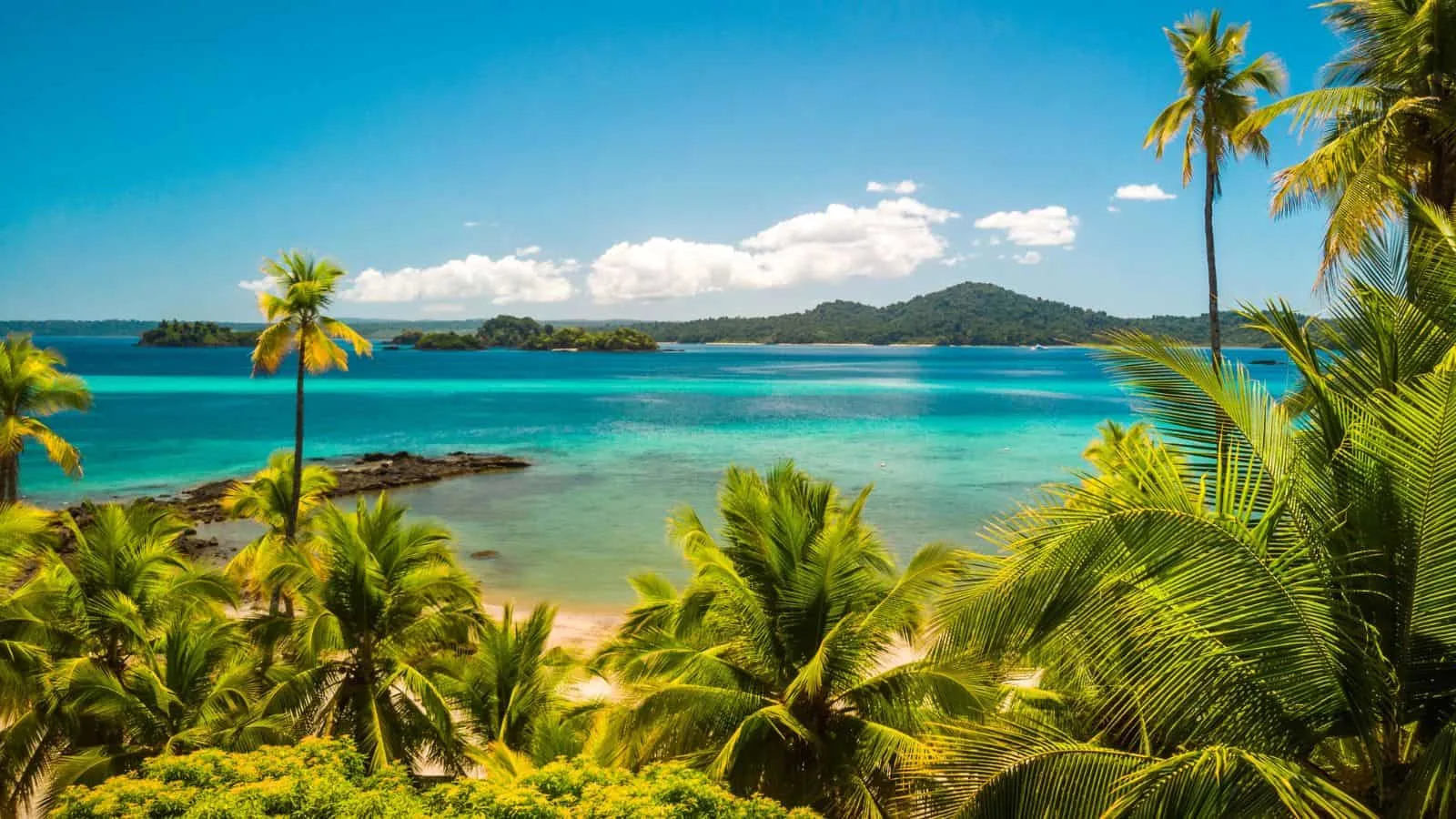
Nearby Panama offers many similar attractions to Venezuela like beautiful blue beaches, dense rainforests, waterfalls, and an indulgent food scene. Plus, travelers can sail the Panama Canal, an engineering feat totally unique to the country.
Panama has been given the status of “Level 2: Exercise Increased Caution” due to crime in the Mosquito Gulf and Darién Gap, areas tourists would typically never travel to anyway. Panama City, the country’s most popular tourist destination, is generally regarded as very safe.
Don’t Travel: Yemen

Yemen’s Socotra Island is home to the dragon blood tree, a rare species that does not grow anywhere else in the world. These otherworldly trees have piqued the interest of the most intrepid tourists, even though the war-torn country is absolutely not safe to travel to, as described by the State Department.
Instead: Joshua Tree, California
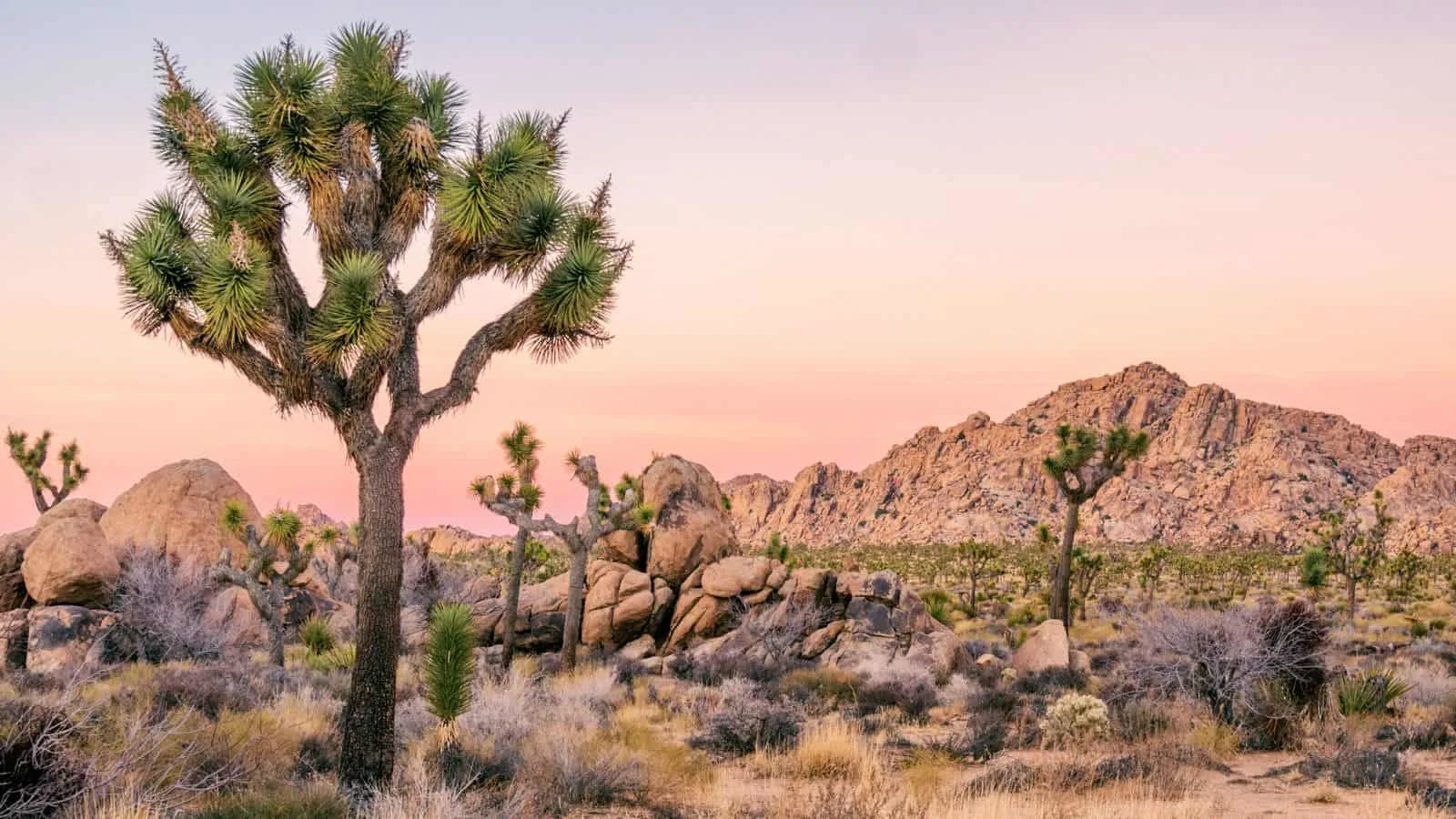
Though you won’t find the dragon blood tree outside of Yemen, Joshua Trees, which also grow in the desert, also have a peculiar shape.
You can find these trees while hiking in Joshua Tree, California, whose eponymous national park is far safer than a visit to Yemen. Though camping is popular during winter months, do not do so in summer months due to extreme heat. Instead, book a Joshua Tree Airbnb for tons of space and laid-back desert vibes.
Don’t Travel: Russia
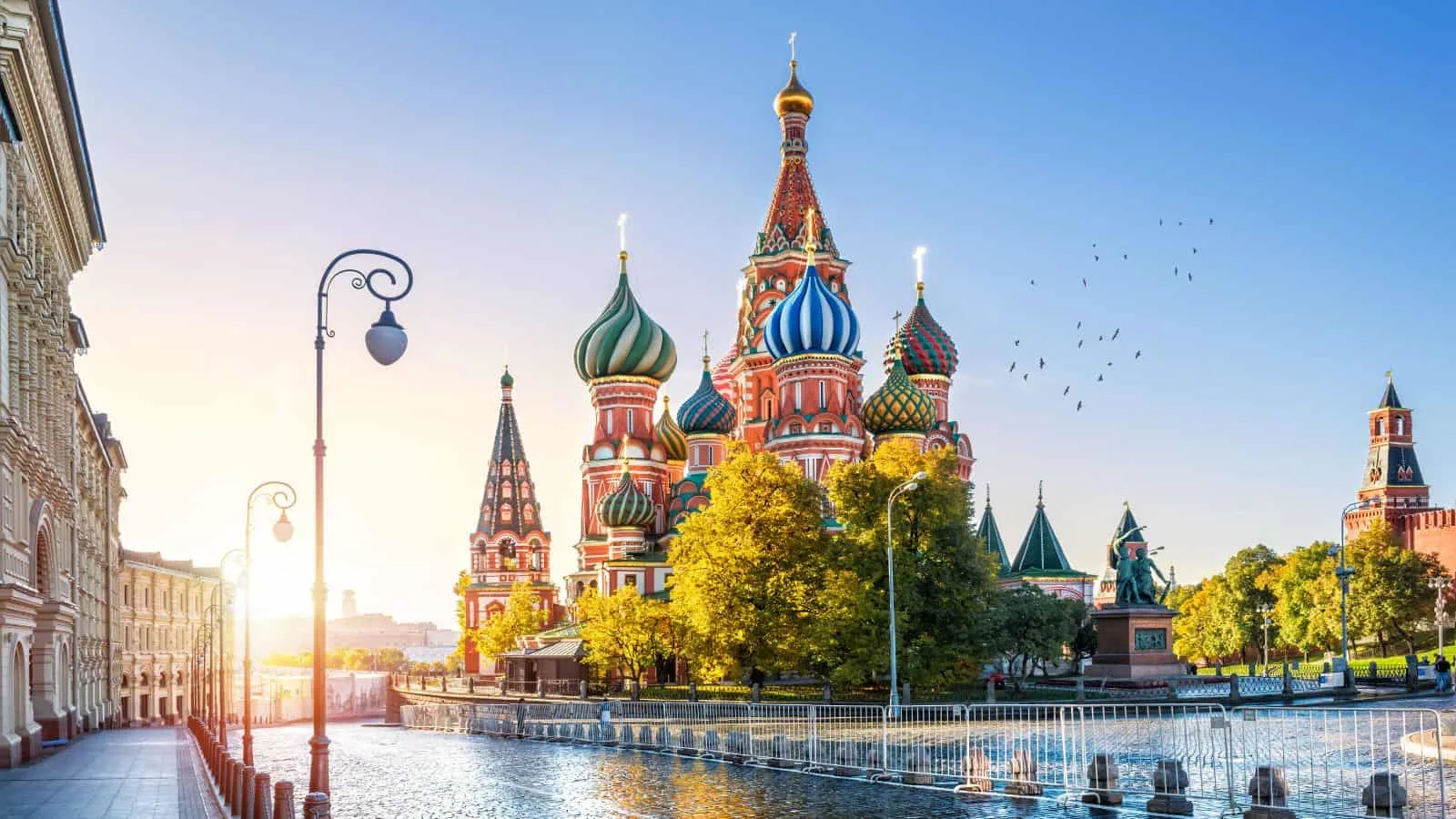
Russia’s recent aggressions and arbitrary detention of US citizens, such as Evan Gershkovich, a Wall Street Journal reporter, have made the country a no-go for Americans. The US government has a lengthy explanation as to the many, many reasons that this country currently has a Level 4: Do Not Travel status.
It’s unfortunate, as Russia is home to several stunning landmarks like St. Basil’s Cathedral and is filled with culture, like some of the world’s top ballet companies.
Instead: Kazakhstan
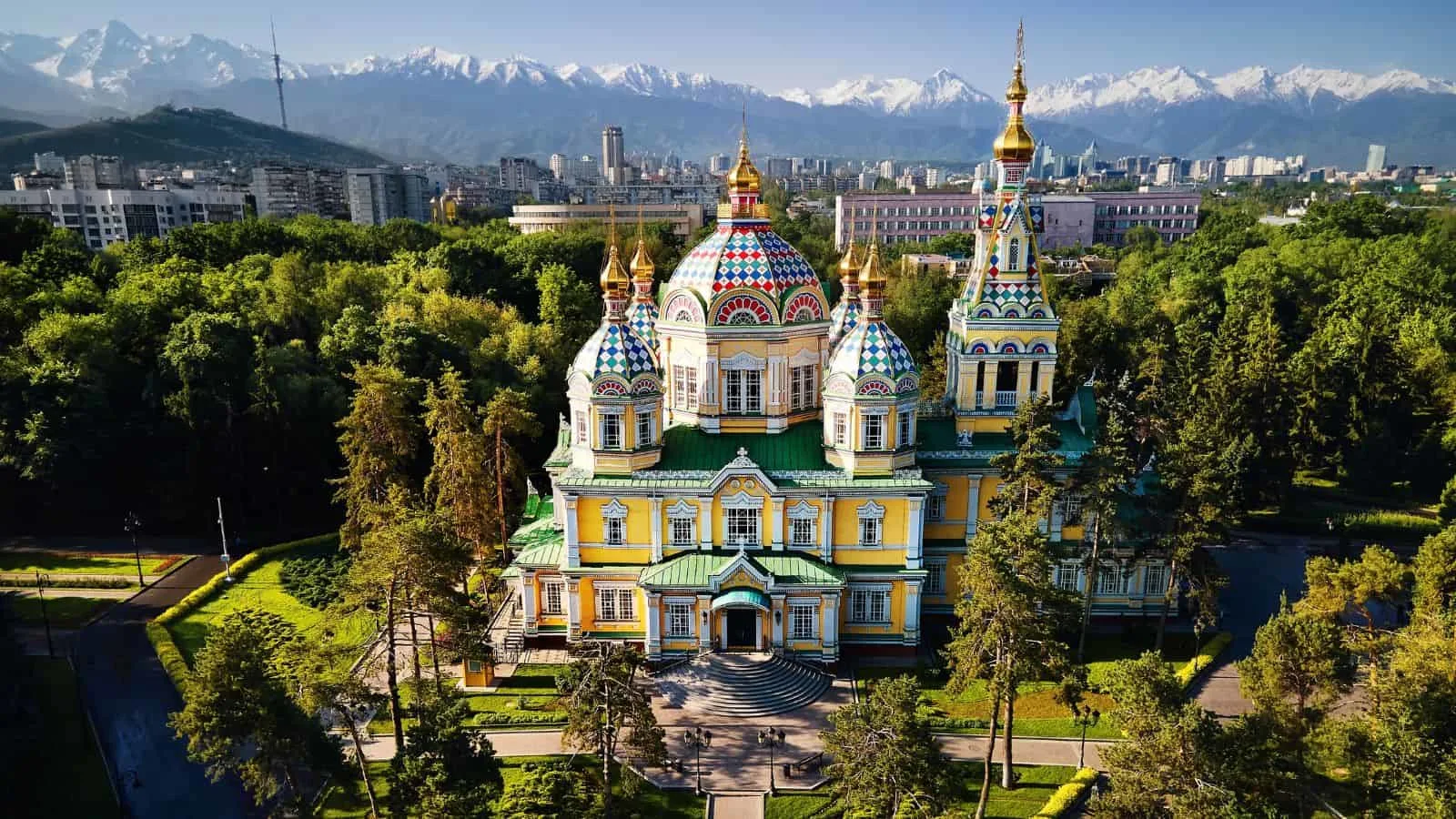
Many of the former Soviet Union countries are similar to Russia, but none more so than neighboring Kazakhstan. The US Department of State has absolutely no safety warnings for this country in Central Asia, which boasts tons of Soviet-era architecture.
Astana and Almaty are top tourist destinations, but Semey, located in Kazakhstan’s portion of Siberia, is among the most similar cities to Russia.
Don’t Travel: Myanmar (Burma)
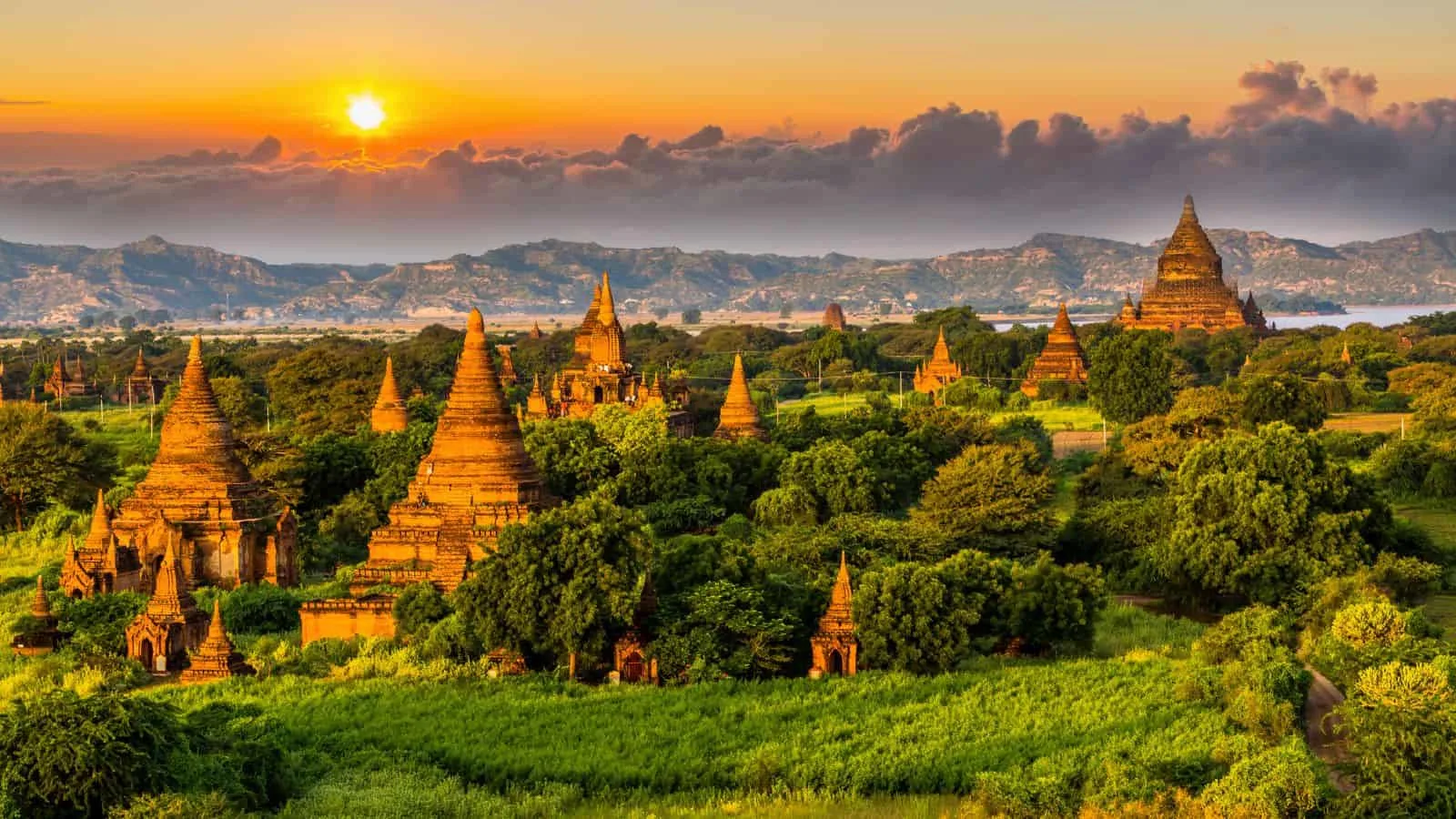
Ever since a military coup in February 2021 that famously left residents in an internet blackout, Myanmar (also known as Burma) has been firmly off-limits for US citizens.
The country still has yet to fully calm down, arbitrarily detaining Americans, failing to have adequate or emergency medical services, and actively engaging in conflict, as the State Department describes in its “Level 4: Do Not Travel” advisory for Myanmar.
Instead: Thailand
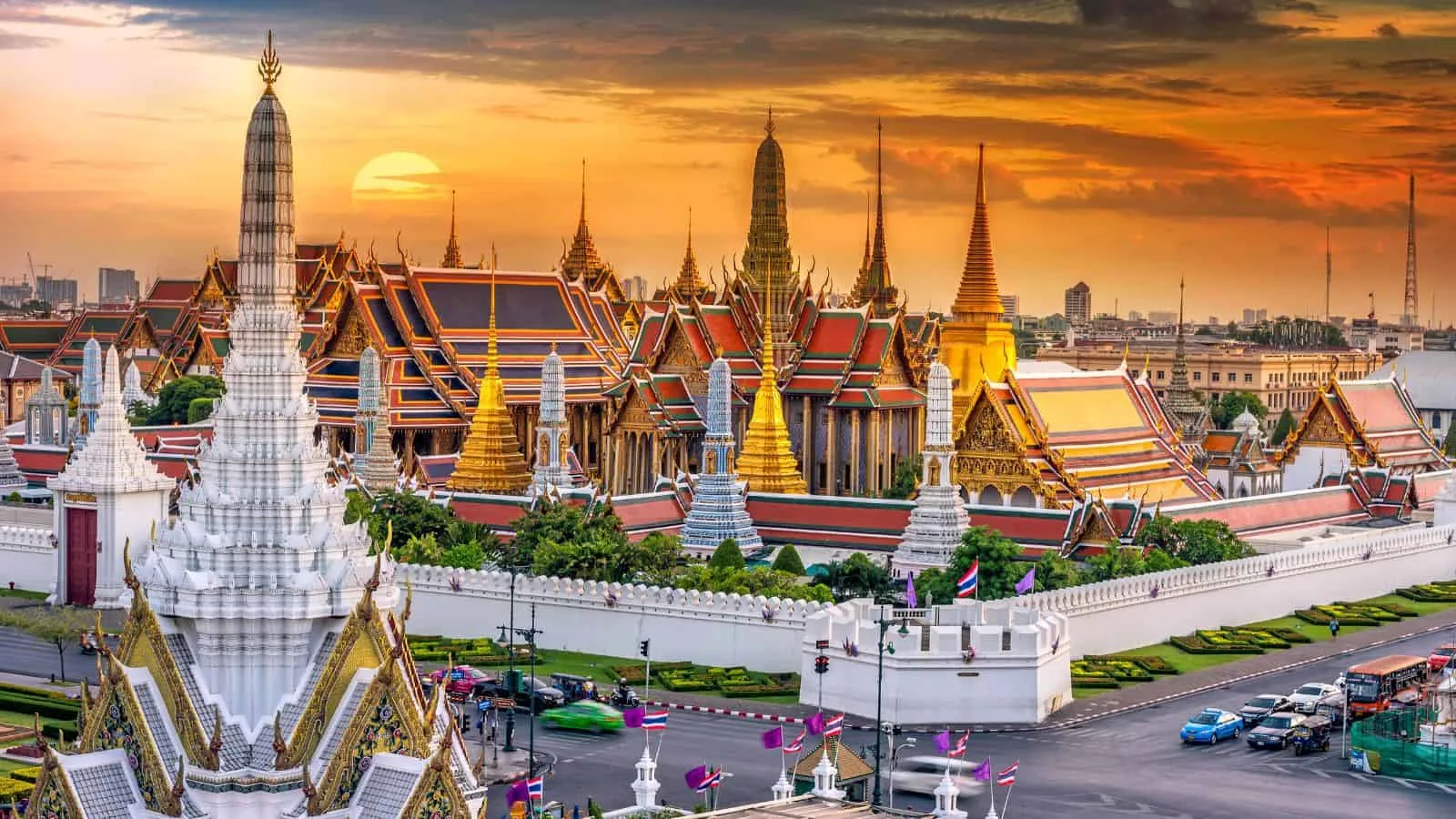
Next door, Thailand is a totally different story. The country welcomes tourists with vibrant night markets, golden temples similar in style to those of Myanmar and some of Southeast Asia’s best beaches.
It’s far safer for tourists than Myanmar, and the US government agrees, granting a “Level 1: Exercise Normal Precautions” guidance.
Don’t Travel: Sudan
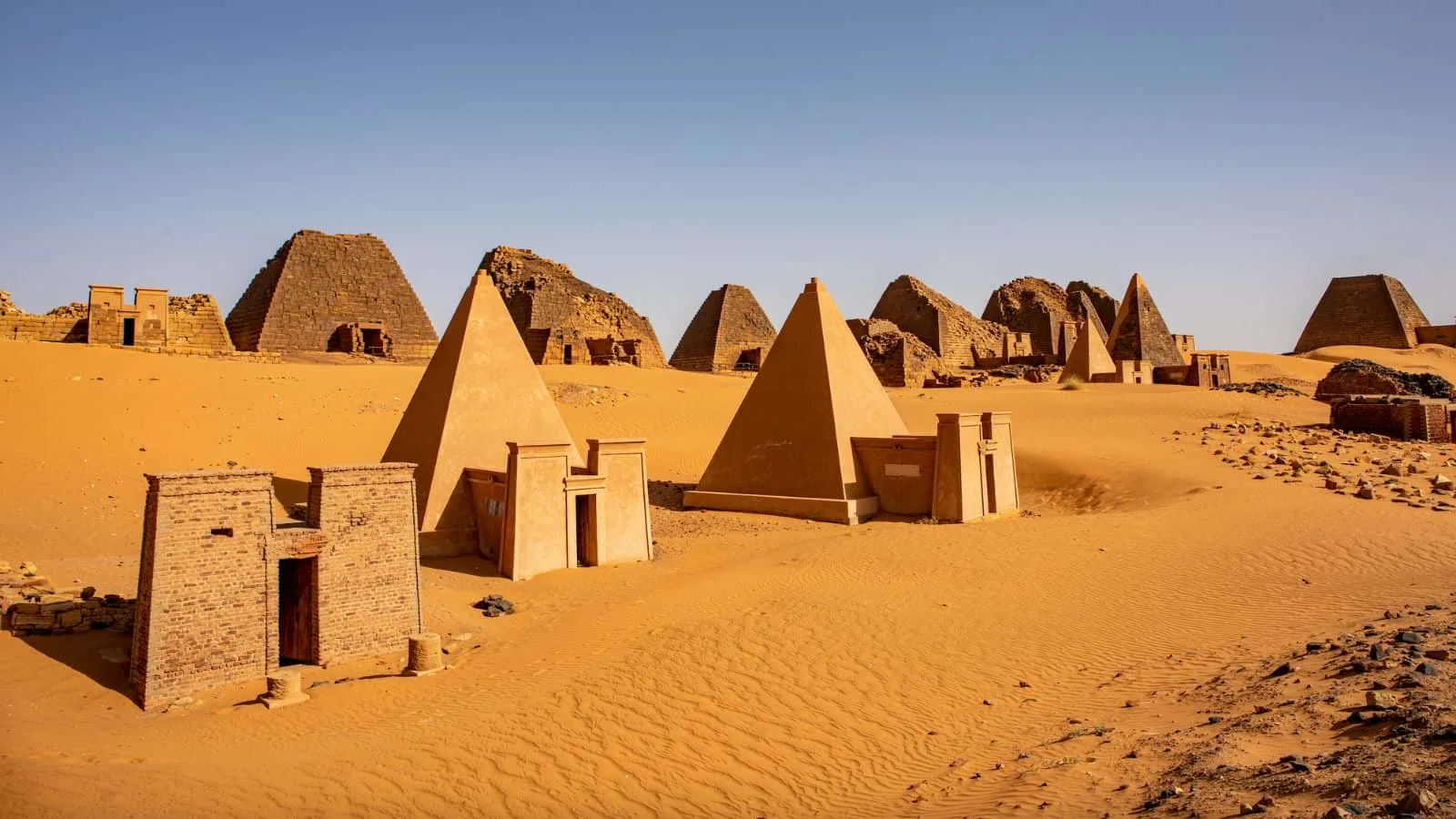
On July 9, 2011, Africa’s largest country split into two, Sudan and South Sudan, following a brutal civil war. If you thought the conflict in Sudan ended there, you’d be mistaken.
The Department of State explains in Sudan’s Level 4 travel advisory that the US Embassy in Khartoum suspended its operations on April 22, 2023. All personnel were ordered to leave the country due to the continued threat of conflict. Electric, internet, and phone service are also all routinely disconnected.
Instead: Egypt
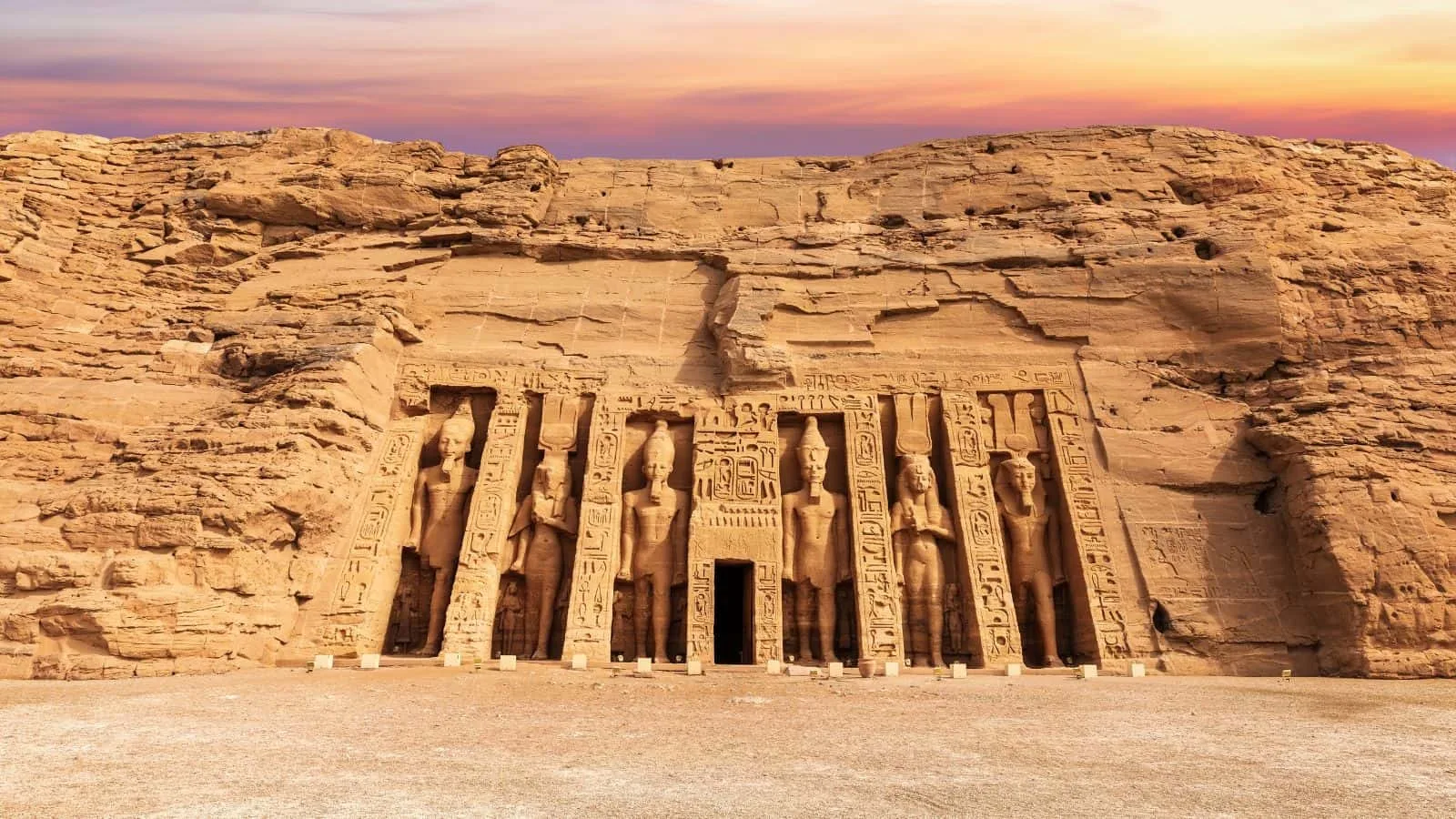
While it’s not safe to go see Sudan’s impressive Nubian landmarks right now, you can get a similar feel in Egypt, the other half of Nubia. Egypt is brimming with relics from ancient history, attracting tourists from all over the world to cities like Cairo, Luxor, and Aswan.
It’s worth noting that while Egypt is highly frequented by tourists, the country still struggles with safety, just not to the degree of others around it. Stick to the beaten path, dress modestly, and take extra precautions to protect your belongings.
Don’t Travel: Haiti
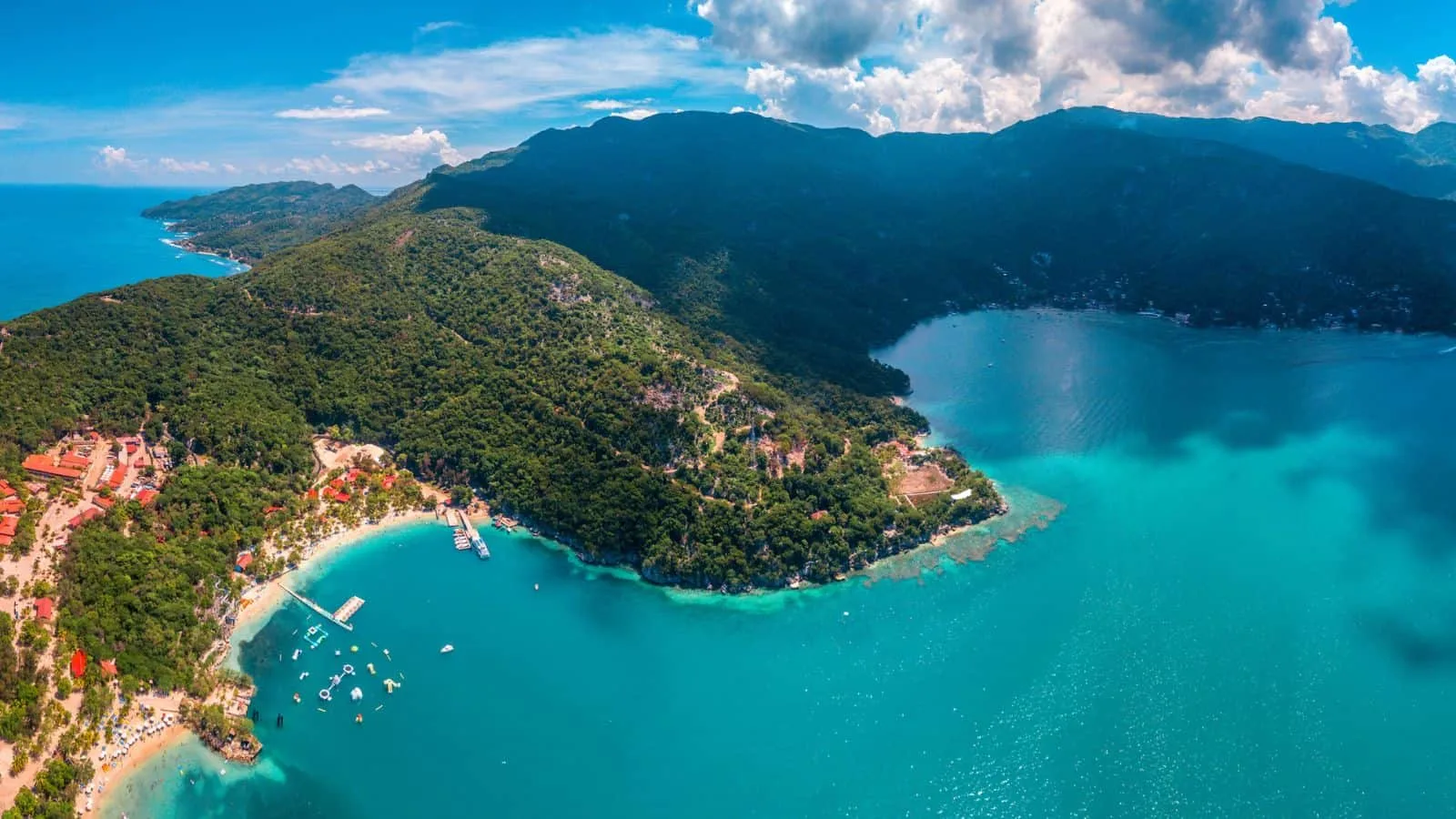
Haiti is chaotic, and not in a fun way. The Caribbean nation struggles badly with gang wars, extreme poverty, and an unstable government.
“U.S. citizens in Haiti should depart Haiti as soon as possible,” warns the US Department of State’s Level 4 travel advisory for the country. The situation on the ground in Port-au-Prince is so dire that the US government prevents embassy staff from walking around, using public transportation or taxis, visiting banks, using ATMs, and driving at night, among others.
Instead: Dominican Republic
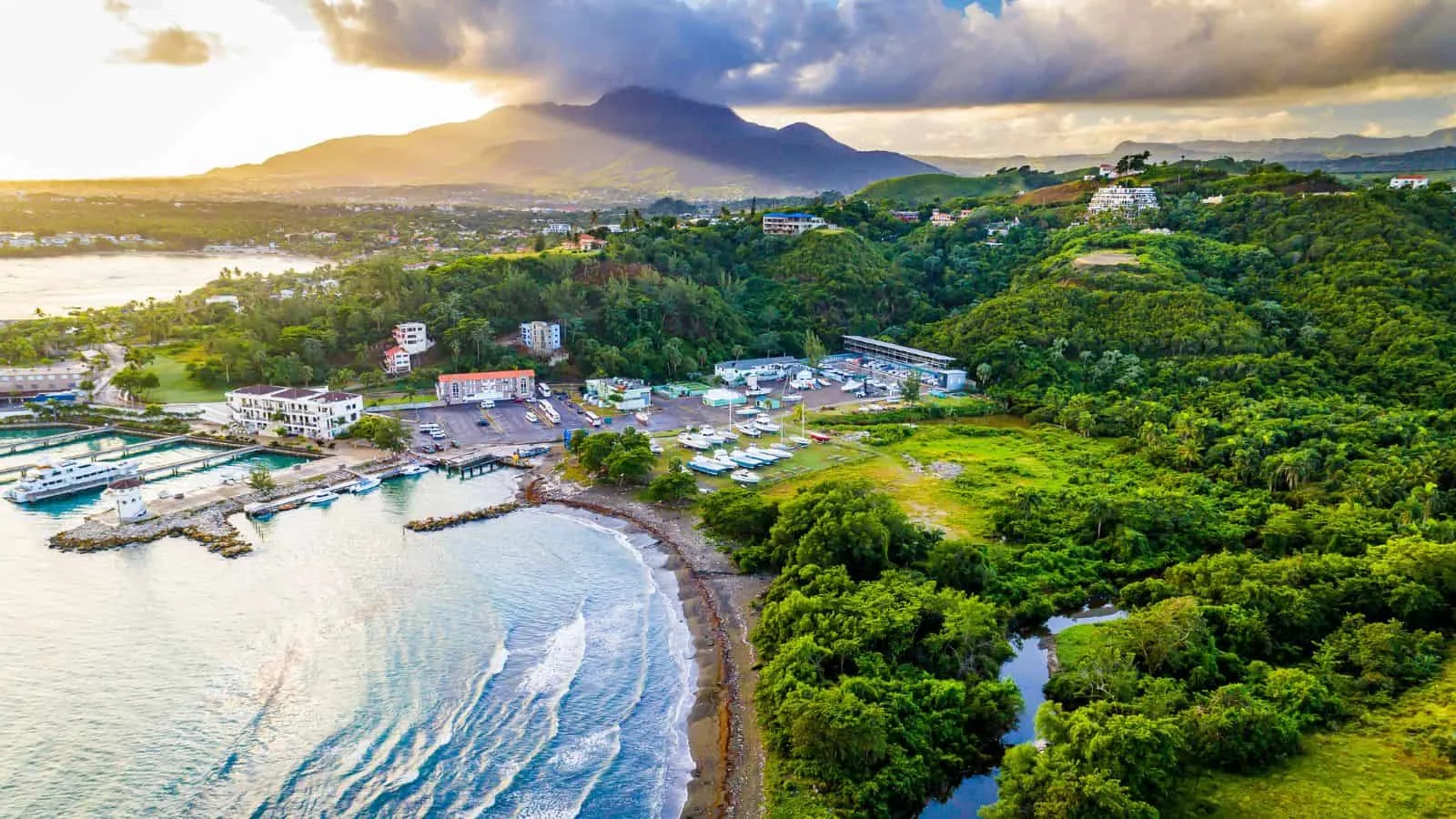
The Dominican Republic occupies the other half of the island that Haiti is situated on. Bizarrely, the country is way safer, with lavish 5-star resorts and tons of activities for tourists. It also has turquoise beaches and exhilarating waterfalls similar to those of its neighbor.
Don’t Travel: Syria
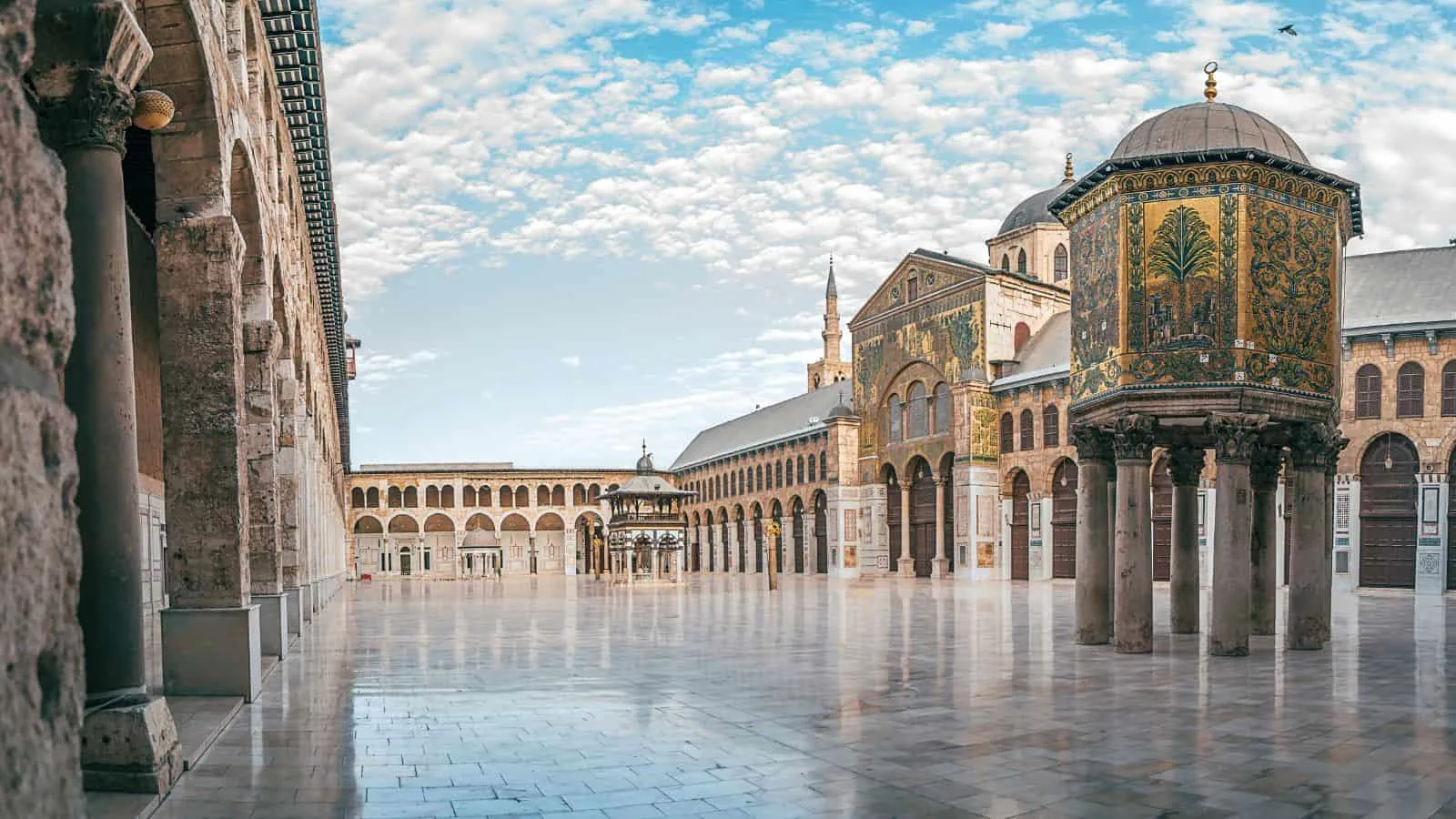
For over a decade, Syria hasn’t been safe to travel to, as proved by the US Embassy in Damascus pulling out of this Middle Eastern country in 2012. Beginning in 2011, fighting continues to this day.
Warns the US Department of State, “No part of Syria is safe from violence,” in the country’s “Level 4: Do Not Travel” advisory.
Instead: Jordan
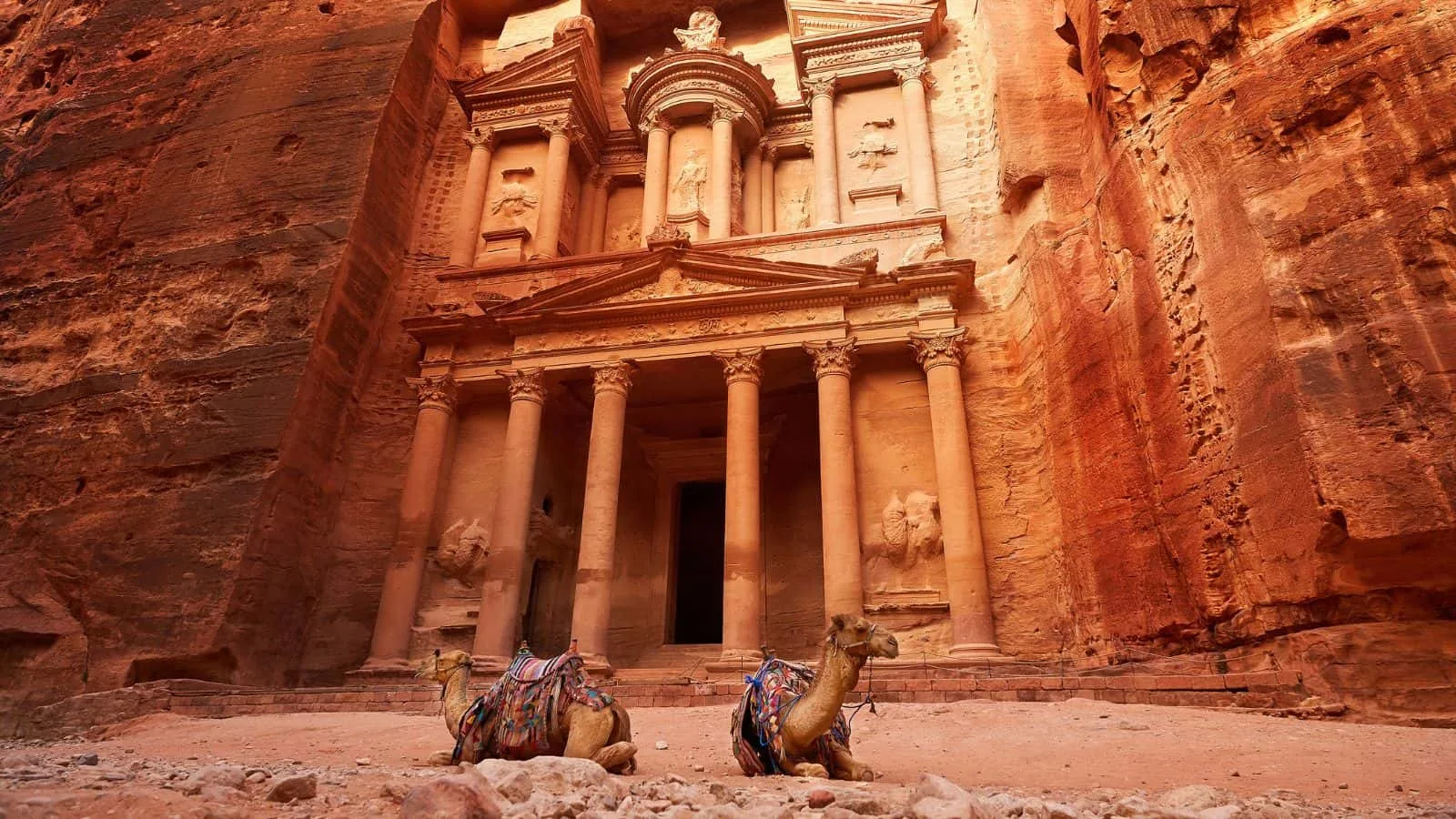
Despite being wedged between Syria, Palestine, Iraq, Israel, and Saudi Arabia, Jordan is seen as something of a safe haven in the Middle East. The country, most famous for sites like Petra, a UNESCO World Heritage site, along with the baptism site of Jesus Christ on the Jordan River, receives a “Level 2: Excercise Increased Caution” status from the US government.
Don’t Travel: Libya
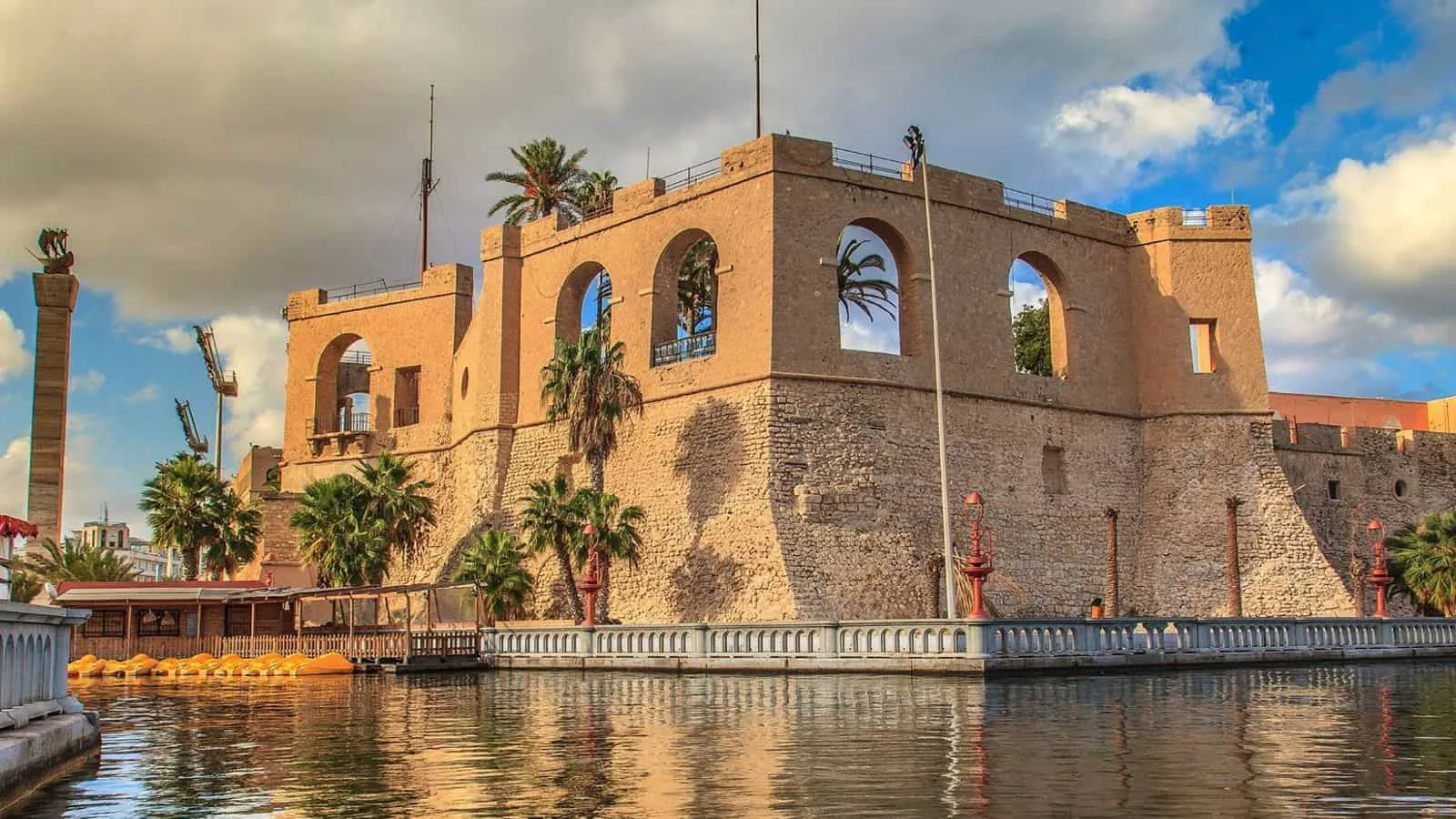
You might be surprised to learn that Maghrebi, Libya, is home to ancient Greek and Roman ruins, but now isn’t exactly the best time to visit them or the country’s vast Saharan landscapes. Fighting between groups, crime, and American visitors being held at ransom have all taken place in the country recently, causing the US State Department to issue a Level 4 advisory.
Instead: Tunisia
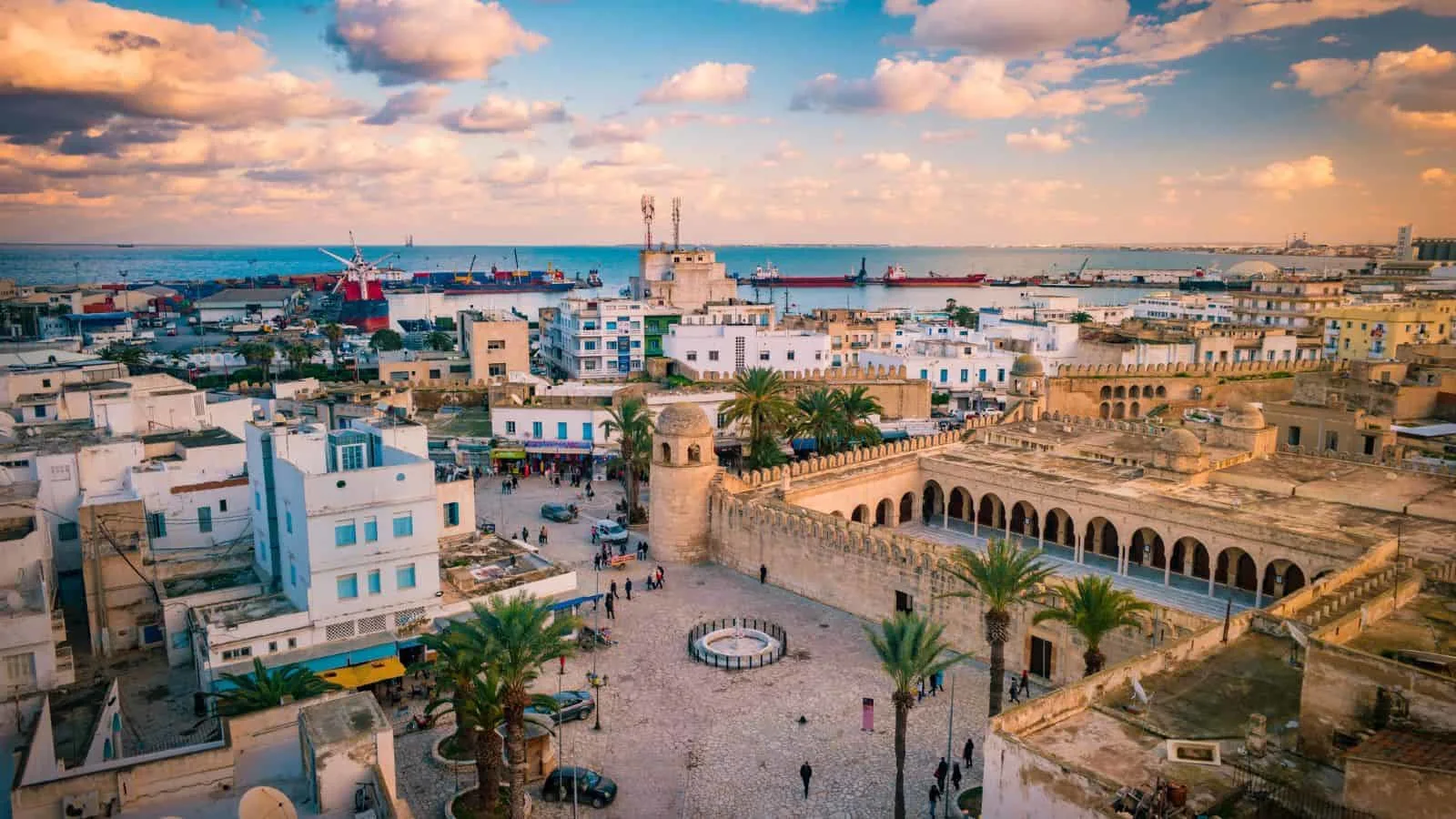
Roman ruins, like the Amphitheater of El Jem and the Baths of Antoninus, also exist in Tunisia. Mosques and other Islamic sites are distinctly Northern African. Tunisia’s Level 2 travel advisory is far more appealing for tourists.
The world is full of diverse cultures
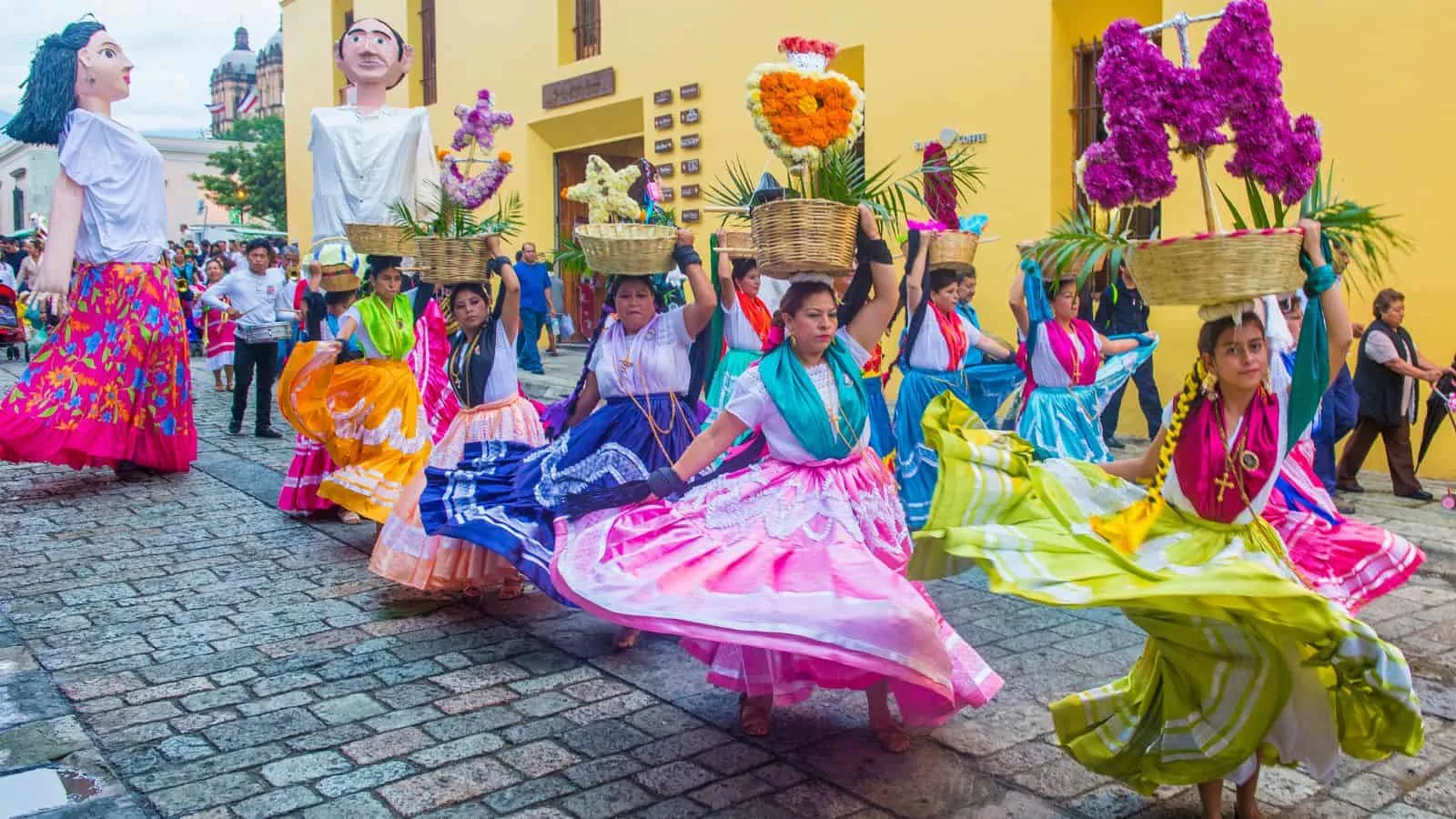
There are plenty of safe places around the world to experience unique cultures. Visiting during a notable festival is one of the best ways to do so.
16 Unique Cultural Festivals That Could Never Exist in the US
These cities in Asia put your local restaurants to shame
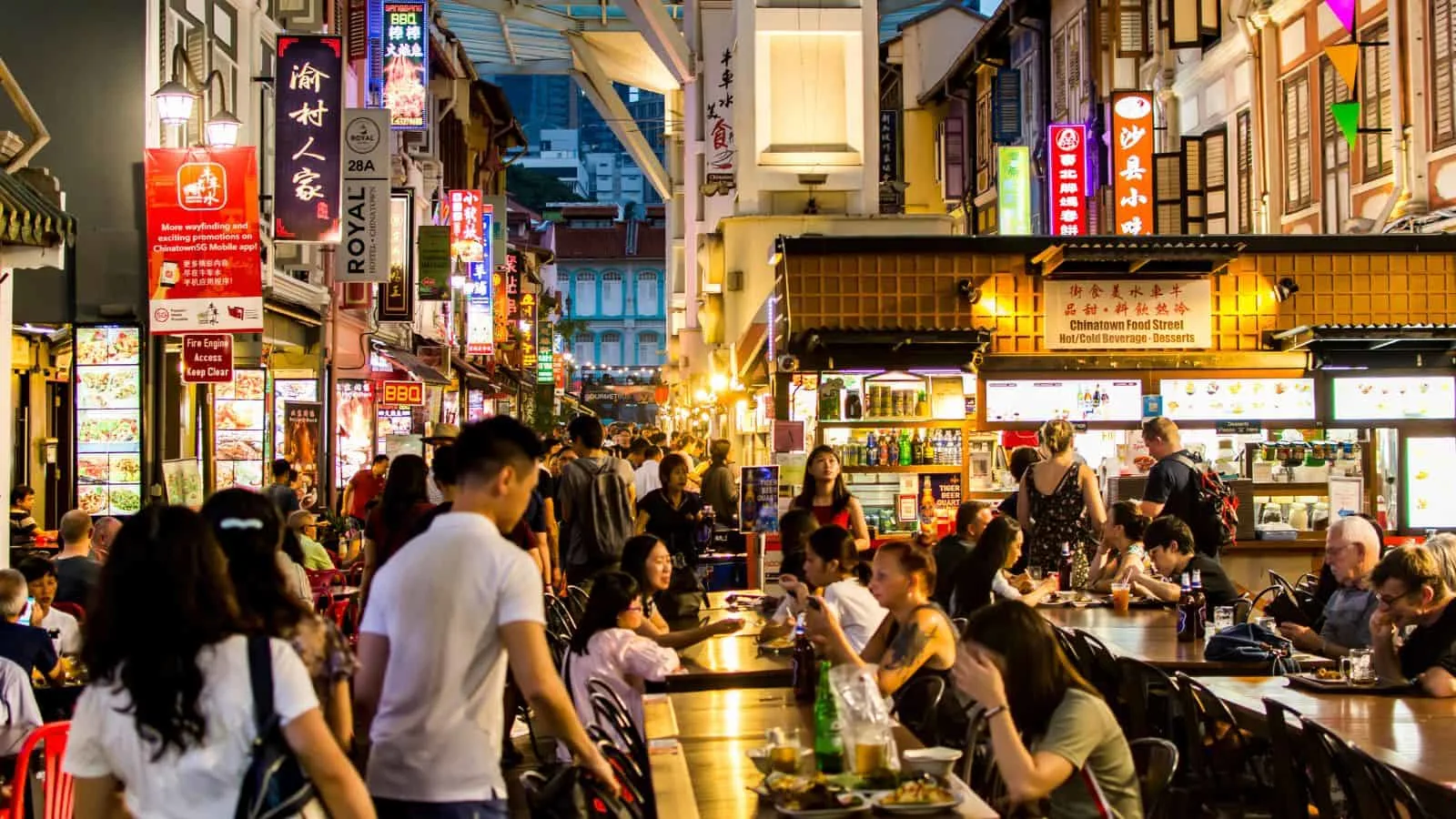
Asia is a foodie’s paradise, from fine dining in Tokyo to crispy chaat in India.
21 Indulgent Cities in Asia That Make America Seem Bland

Elise Armitage is an entrepreneur and founder of What The Fab, a travel + lifestyle blog based in California. At the beginning of 2019, Elise left her corporate job at Google to chase her dreams: being an entrepreneur and helping women find fabulous in the everyday. Since then, she’s launched her SEO course Six-Figure SEO, where she teaches bloggers how to create a passive revenue stream from their website using SEO. Featured in publications like Forbes, Elle, HerMoney, and Real Simple, Elise is a firm believer that you can be of both substance and style.

